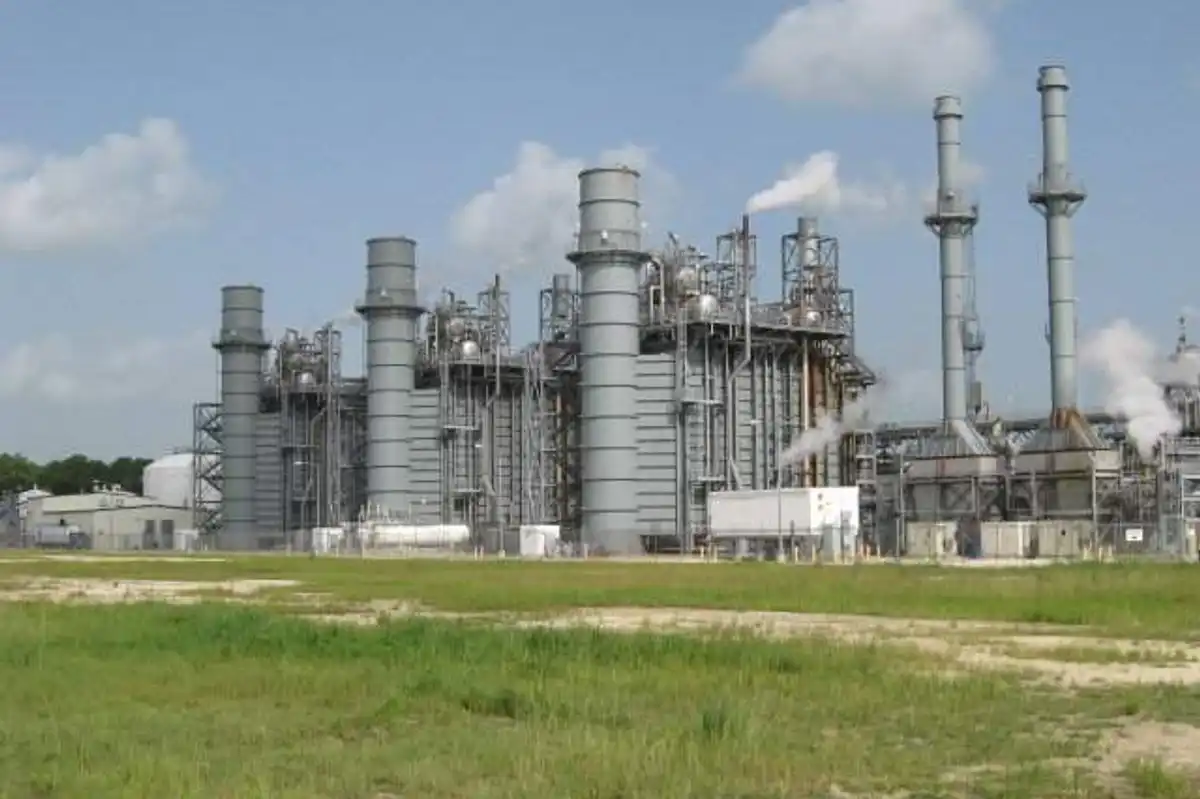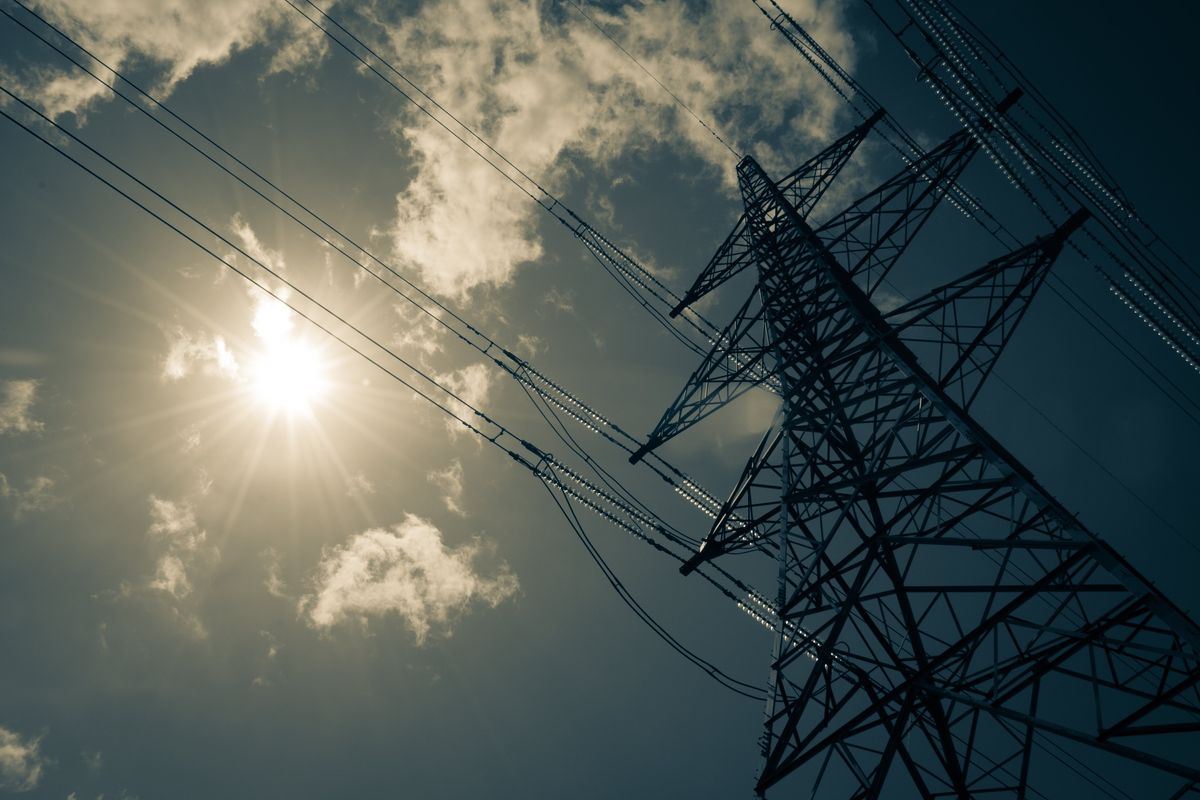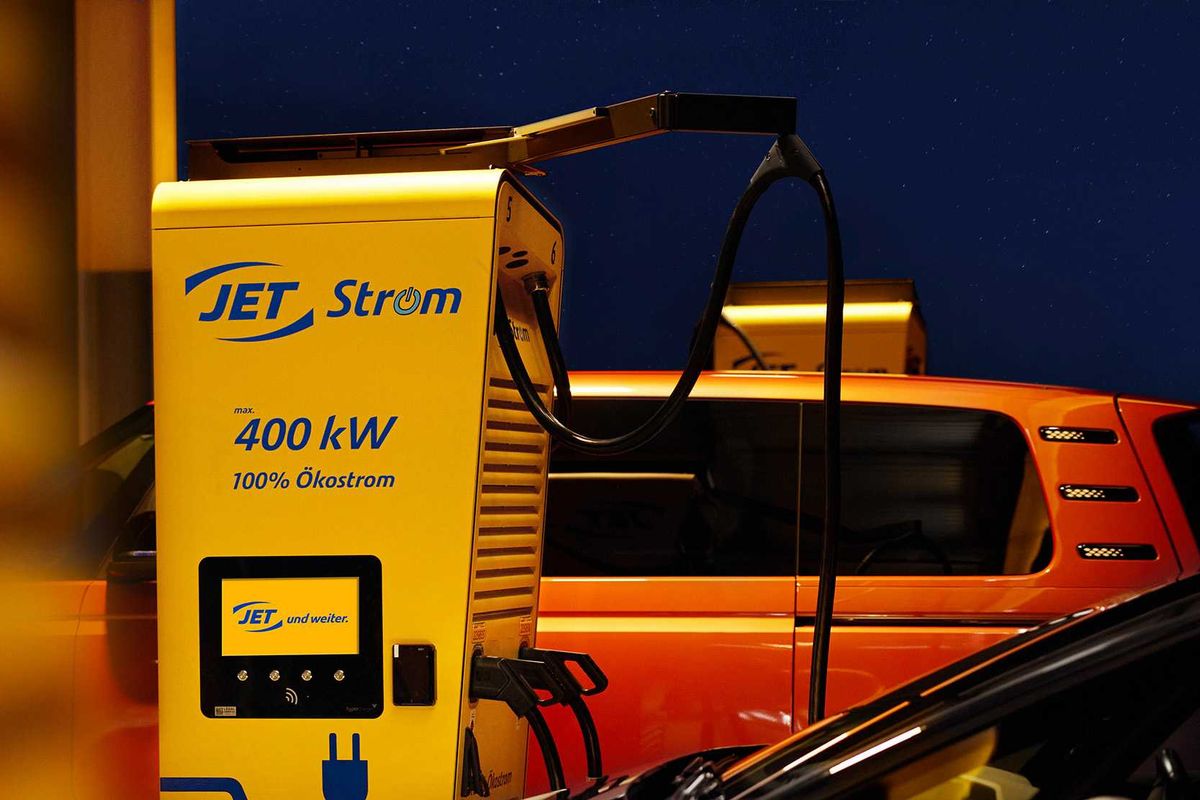GE business to fill order for turbines to power Western Hemisphere's largest wind project
winds in the west
A business to be spun off by General Electric will build hundreds of turbines for what will be the largest wind project in the Western Hemisphere, part of a massive equipment order and long-term service agreement with the global renewable-energy giant Pattern Energy.
GE Vernova, which recently became a high-level partner of Boston and Houston-based Greentown Labs, announced the agreement Tuesday, saying it is the largest onshore wind turbine order received by the company, both in quantity and in the amount of electricity that the 674 turbines will eventually generate when the SunZia Wind Project comes online in 2026.
GE Vernova will tap its factory in Pensacola, Florida, for the large order, as well as tower manufacturing operations in New Mexico, Colorado, and Texas. Overall, 15 suppliers are on board for providing the necessary parts to make each turbine.
Construction already is underway on the SunZia wind farm and an associated multibillion-dollar transmission line that will funnel power to populated markets in the western United States. Pattern Energy, which has a Houston office, just weeks ago announced that it had closed on $11 billion in financing for the projects.
Backers see SunZia — described as an energy infrastructure undertaking larger than that of the Hoover Dam — as a pivotal project. The venture has attracted significant financial capital and stands to boost the percentage of the nation's electricity that comes from renewable sources amid escalating state and federal energy mandates.
Still, some Native American tribes and environmentalists worry about the location of a 50-mile (80-kilometer) segment of the transmission line where it will pass through Arizona's San Pedro Valley. The federal government already had approved the siting, but tribal leaders said there should have been more consultation.
In December, the U.S. Energy Department reported that the private sector over the past three years has announced investments of more than $180 billion in new or expanded clean energy manufacturing projects across the nation, including spending on development of larger, higher capacity wind turbines. GE has been among the companies to take advantage of tax credits included in the federal Inflation Reduction Act.
However, after years of record growth, the industry group American Clean Power expects less land-based wind to be added in the U.S. by year’s end — about enough to power 2.7 million to 3 million homes.
While companies are taking advantage of government incentives now, it can take years to bring projects online, the industry group said.
The SunZia Wind Project will span three counties in rural New Mexico. Crews already are constructing the concrete platforms that will support the turbines, and developers expect the first turbines to rise this autumn.
Pattern Energy CEO Hunter Armistead said the project will serve as a backbone for a cleaner, more reliable grid for customers across the western U.S. The company already has signed long-term power purchase agreements with Shell Energy North America and the University of California for a portion of the electricity that will be generated.
“Construction is in full swing on SunZia, using American-made turbine components and creating thousands of good-paying new jobs — a big win for the growing clean energy economy,” Armistead said in a statement.
Vic Abate, president and CEO of the company's wind business, called the venture historic.
“This project demonstrates GE Vernova’s ability to deliver on our workhorse strategy in onshore wind — producing fewer variants in large quantities at scale to drive quality and reliability across the fleet for our customers," he said in a statement.
In all, the company has more than 55,000 turbines installed worldwide.
The company has been working with Pattern Energy for the past 18 months on site layouts that are designed to maximize the performance of the turbines in central New Mexico and to ensure the supply chain can keep up with manufacturing demands.
GE Vernova consultants also have been working on interconnection with the transmission line, and the company's financial arm provided a tax equity loan commitment that helped to solidify financing for the project.











